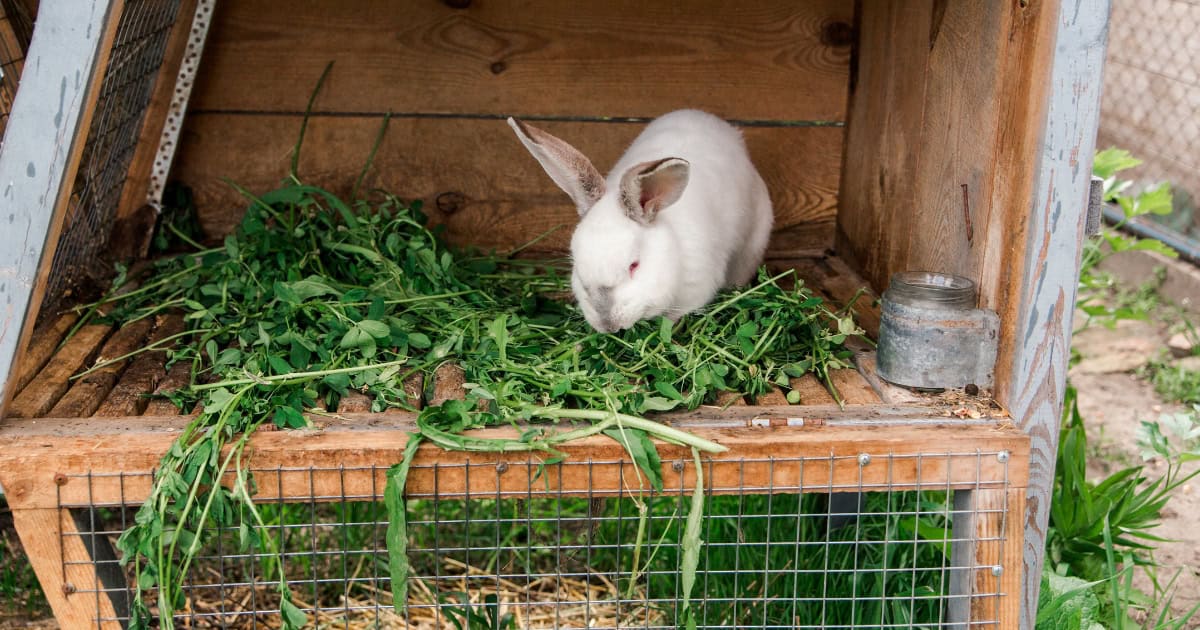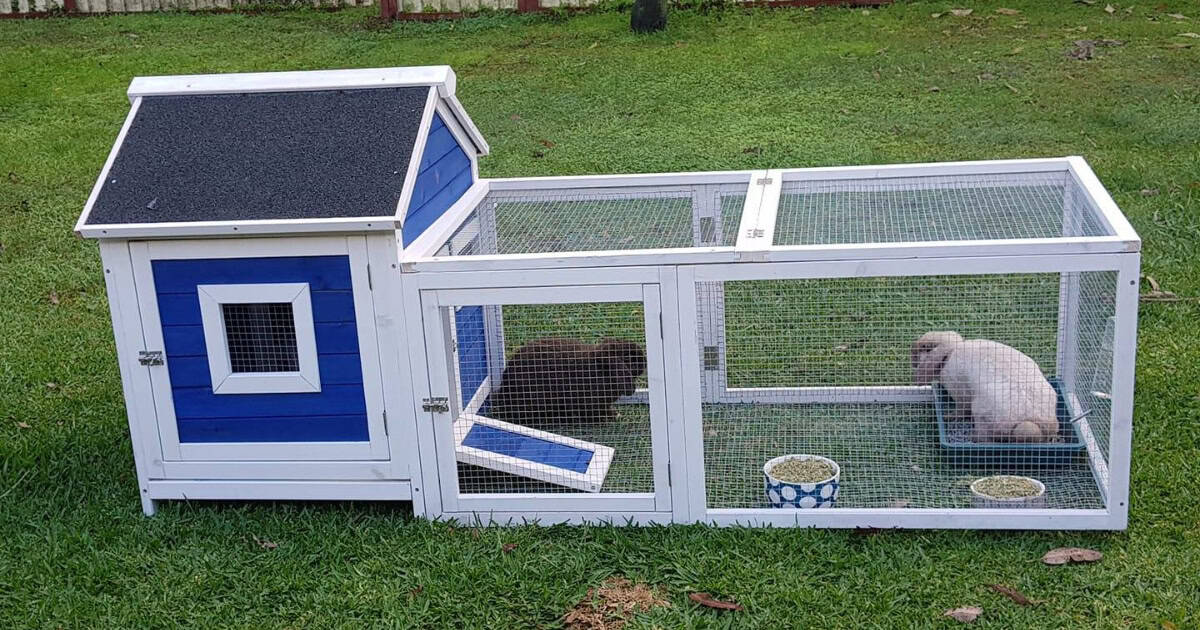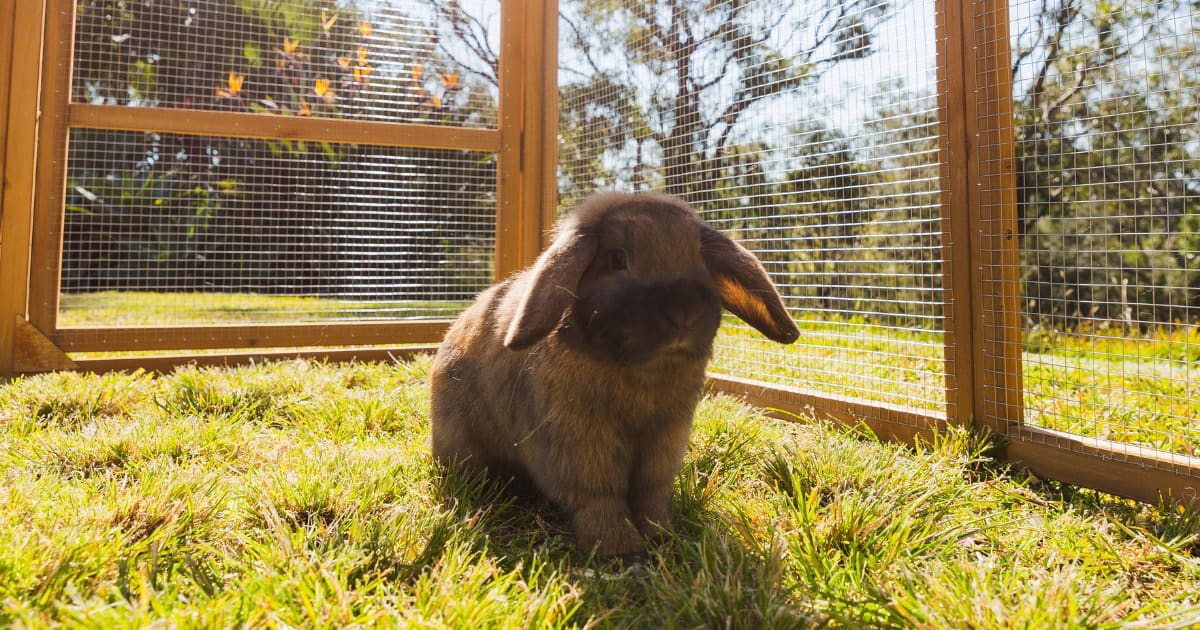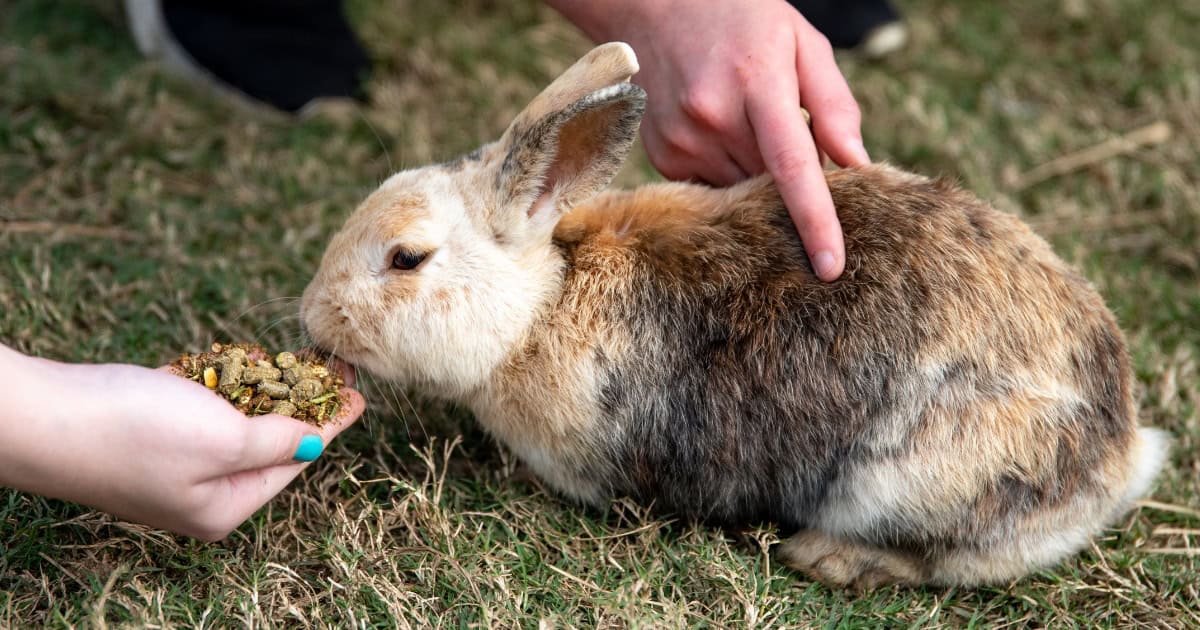How To, Info Guides, Rabbits
Insulating Your Rabbit Hutch: A Guide for Pet Owners
Today we’re diving into insulating your rabbit hutch. It’s not just about making their pad cosier; it’s vital for their well-being.
You’ll learn why stable temperatures are crucial for bunny health, what materials will do the trick without harming your furry mate, and set up tips for insulating your rabbit hutch effectively.
We’ll also provide tips to tweak insulation when the weather changes plus maintenance advice.
- Understanding the Importance of Proper Insulation for Rabbit Hutches
- Evaluating Insulation Materials for Safety and Comfort
- Step-by-Step Guide to Insulating Your Rabbit Hutch
- Seasonal Adjustments for Hutch Insulation
- Maintenance Tips for an Insulated Rabbit Hutch
- Other Ways to Keep Your Rabbit at a Comfortable Temperature
- Toni’s Wrap
Understanding the Importance of Proper Insulation for Rabbit Hutches
Rabbits are sensitive creatures that can be severely affected by Australia’s fluctuating weather. Insulation is a must in any rabbit hutch to keep your furry friend healthy and comfortable.
Rabbits struggle to regulate their body temperature. In the wild, they’d burrow underground to escape extreme temperatures. In captivity, rabbit owners are responsible for recreating this stable environment.
The right insulation helps maintain a constant temperature inside the hutch. It keeps out draughts on cold days and prevents heat stroke in summer.

Evaluating Insulation Materials for Safety and Comfort
When the mercury dips, our floppy-eared friends rely on us to keep their homes cosy. It’s not just about warmth; it’s about creating a safe haven that shields them from temperature extremes.
Choose a Wooden Hutch
Wood is a natural insulator so buying your bunny a timber hutch will automatically provide them with effective insulation. Avoid metal outdoor hutches as the heat stays trapped inside on hot summer days and puts your pet rabbit at risk of overheating.
Adding Insulation Materials
If your rabbit hutch needs extra insulation, natural insulators like straw or hay are often favoured for their ease of use and comfort factor. They’re breathable, which means they don’t trap moisture—a big plus considering damp conditions are no good for bunny health.
Help your rabbits stay warm by adding the straw bedding in an enclosed, upstairs area – heat rises! Synthetic insulation panels made from polystyrene sheets, plastic sheeting, vinyl tiles, or foam offer excellent thermal resistance but require careful consideration.
These must be kept out of nibbling range as ingestion could lead to serious health issues.
Somerzby rabbit hutches are all made from timber which provides natural insulation without any extra effort!
Step-by-Step Guide to Insulating Your Rabbit Hutch
Picking the right material is one thing; fitting it correctly is another ball game altogether. Poorly installed insulation won’t do much good—gaps can let in drafts while too tight an application may reduce ventilation leading to stuffiness inside the hutch—not what you want for your pet.
Installation Tips
Clean out the hutch completely before starting—it should be free from dirt and moisture to prevent mould growth beneath the new insulation. To ensure effectiveness, secure all materials firmly yet allow enough space for airflow—think snug but not suffocating.
If using insulation sheets, measure each wall panel of the hutch and cut pieces to fit snuggly within them. Affix these panels securely onto walls using non-toxic glue or small tacks.
Always ensure your rabbit cannot access or chew any synthetic insulation boards as this may be harmful to their health.
Adding Exterior Protection
To further safeguard against cold winds and wet weather coming in through wire mesh doors, consider adding external wraps too.
Durable tarps work wonders—they’re windproof and waterproof giving double-duty rain cover while ensuring airflow isn’t compromised.

Seasonal Adjustments for Hutch Insulation
Rabbits are sensitive to temperature changes, so it’s crucial to adjust their hutch insulation with the shifting seasons. During chilly winters, thick insulation is a lifesaver, but as summer approaches, you need a strategy that keeps your furry friends cool.
Winter
In cold winter weather, rabbits count on us to keep them warm. On cold days, you could add extra straw bedding inside the hutch or add a tarp over the top to prevent cold weather from getting in through the windows.
Spring
When spring hits and temperatures rise slightly, begin reducing layers gradually. This could mean removing one insulating panel each week or adjusting coverings based on daily weather conditions.
Summer
In summer, strip back winter warmers completely from rabbit hutches so they don’t overheat. Replace solid panels with mesh ones if possible; this lets air flow freely and gives your pets some much-needed ventilation during hot spells periods sacrificing security against predators.
You might also consider placing frozen water bottles wrapped in towels around the hutch for a cooling effect.
Autumn
During autumn, get ready for the upcoming cold winter months by reintroducing light layers before fully transitioning back into winter mode.

Maintenance Tips for an Insulated Rabbit Hutch
Regularly cleaning and inspecting insulation materials can prevent the build-up of harmful bacteria, maintain a comfortable temperature, and extend the life of your hutch.
Cleaning Schedule
Your rabbit depends on you to keep their living space clean! Remove soiled bedding daily to keep the area dry and odour-free; this also helps preserve the integrity of any insulating materials.
A more thorough clean should be done weekly, where everything gets scrubbed down. Every few months, it’s wise to strip out all insulation material for deep cleaning or replacement if needed.
This way you’ll make sure there are no hidden issues like mould growth that could harm your furry friend.
Inspection Points
Frequent checks are necessary too—not just inside but outside as well—to spot any damage early on that weather or gnawing might cause. Look closely at corners and joins where cold air may seep in or warmth escape out because even small gaps can drastically reduce efficiency.
A good rule is after each major season change when temperatures shift dramatically—inspect both structural integrity as well as insulation condition thoroughly then address problems immediately before they worsen over time.
Remember, a well-maintained insulated hutch means a happy home for your rabbits through every season.

Other Ways to Keep Your Rabbit at a Comfortable Temperature
While insulation is important, there are other methods you can use to keep your rabbit comfortable.
Strategic Hutch Placement
Finding the ideal spot for your hutch plays a huge role. In summer, place it in an area that gets plenty of shade throughout the day. Come winter, move the hutch to a sheltered spot where it’s protected from cold winds.
Cooling Tips
In hotter weather, rabbits appreciate something cool to lie against. You could use tiles or a frozen water bottle wrapped in a towel.
Warming Techniques
In winter, keep your rabbit’s hutch warm by adding extra bedding to the house or nest box. You could also add a heating pad to the bed area.
Ensure heat pads are chew-proof, non-toxic and do not contain any dangerous electrical wires.
Toni’s Wrap
Insulating your rabbit hutch is key to keeping your bunny snug as a bug in their hutch during the cooler months. Rabbits are hardy creatures, but they do feel the chill when temperatures drop.
We’ve unpacked how to effectively keep rabbits warm in winter and cool in summer. Remember: adjust insulation with the seasons, keep things clean, and look beyond just insulation to protect your fluffy friend in any weather.
Our Somerzby rabbit hutches are made from timber which naturally insulates your bunny’s home.
See our great range of rabbit hutches by clicking here. If you’d like to read more blog posts about rabbit care, click here.




